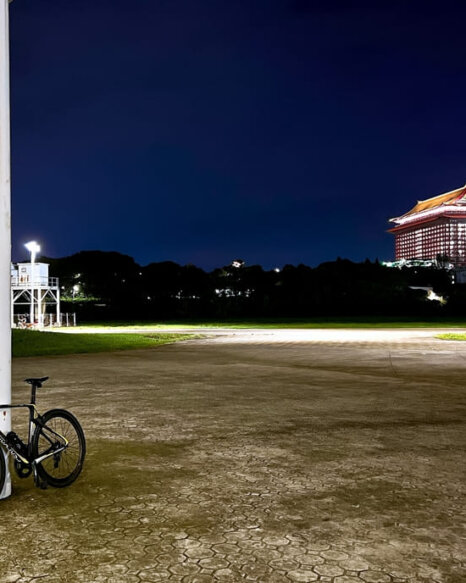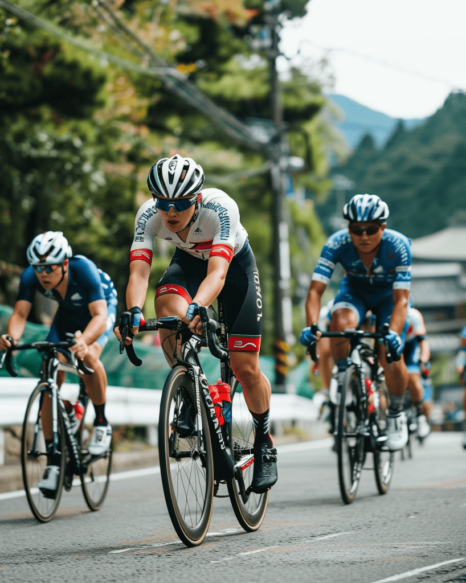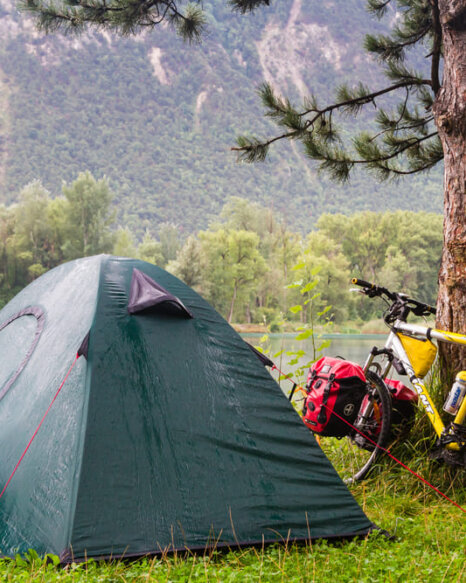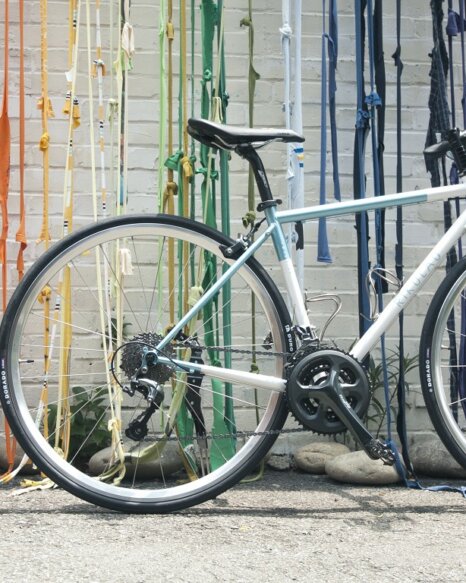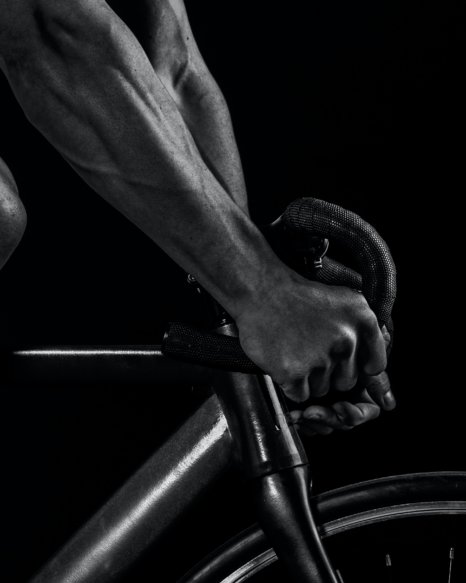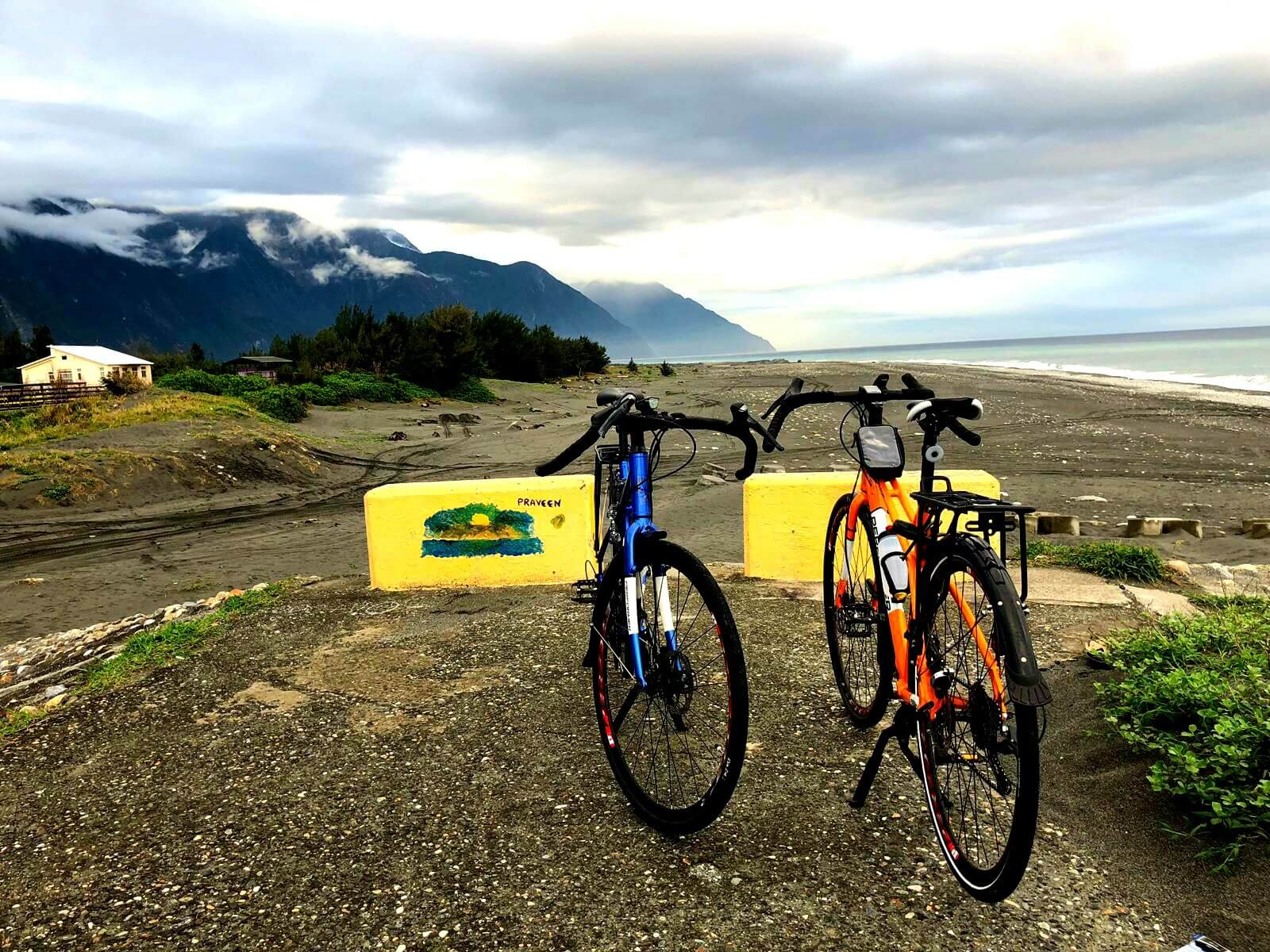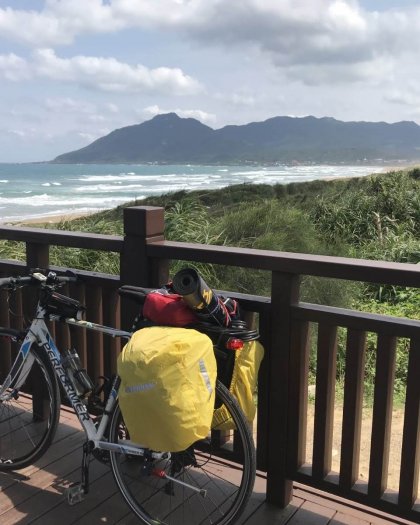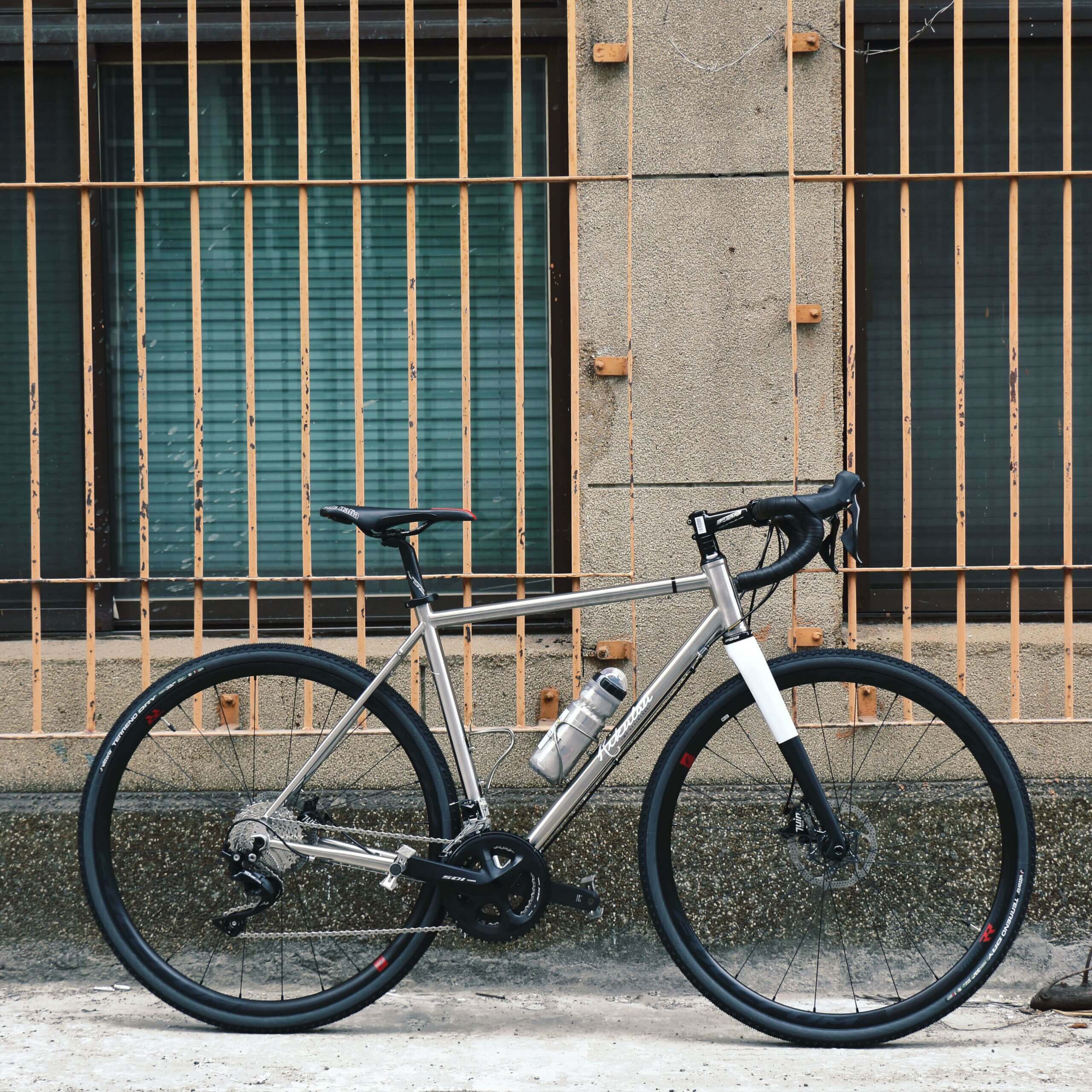
Will it be the swift Touring Bike vs Gravel Bike? As you ponder your bike for this journey—the choice becomes clear!
This decision, often summarized as the “Touring bike vs gravel bike” debate, pits two cycling world superheroes against each other. Each has its unique strengths, but which one aligns with your dream explorations? Let’s dive into this exciting journey to seamlessly discover which bike is your ideal adventure partner.
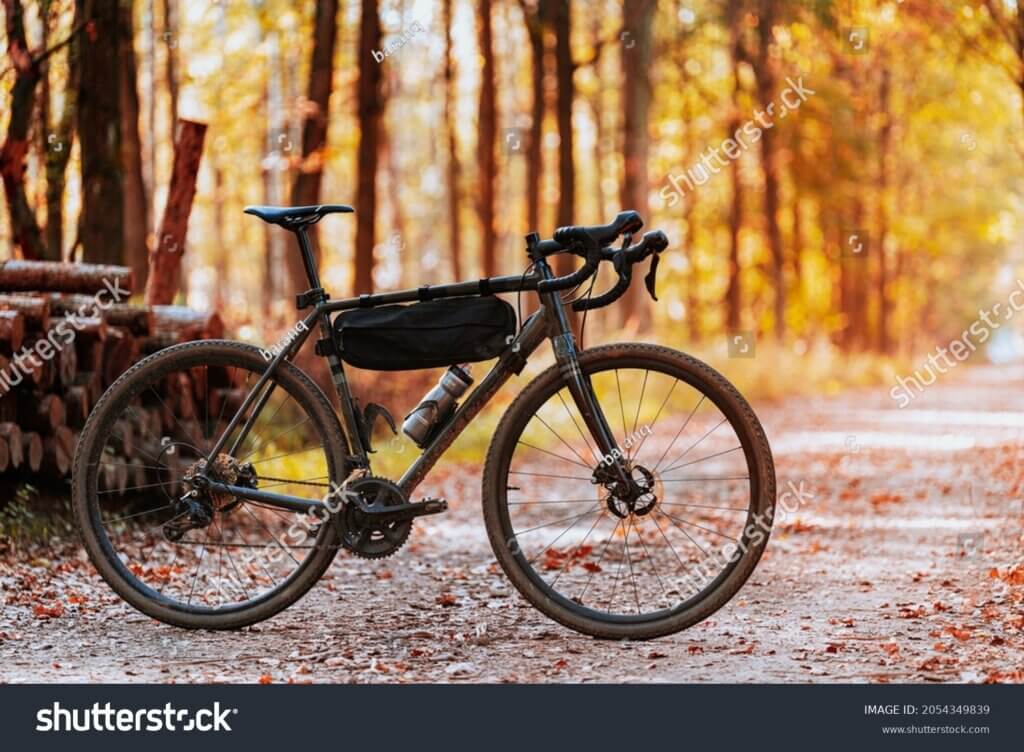
Key Differences Between Touring Bike vs Gravel Bike
Today, we will explore the key differences between touring bike vs gravel bike, including frame design, gearing, materials, and comfort. It offers insights into choosing the right bike for your adventure by comparing these critical aspects.
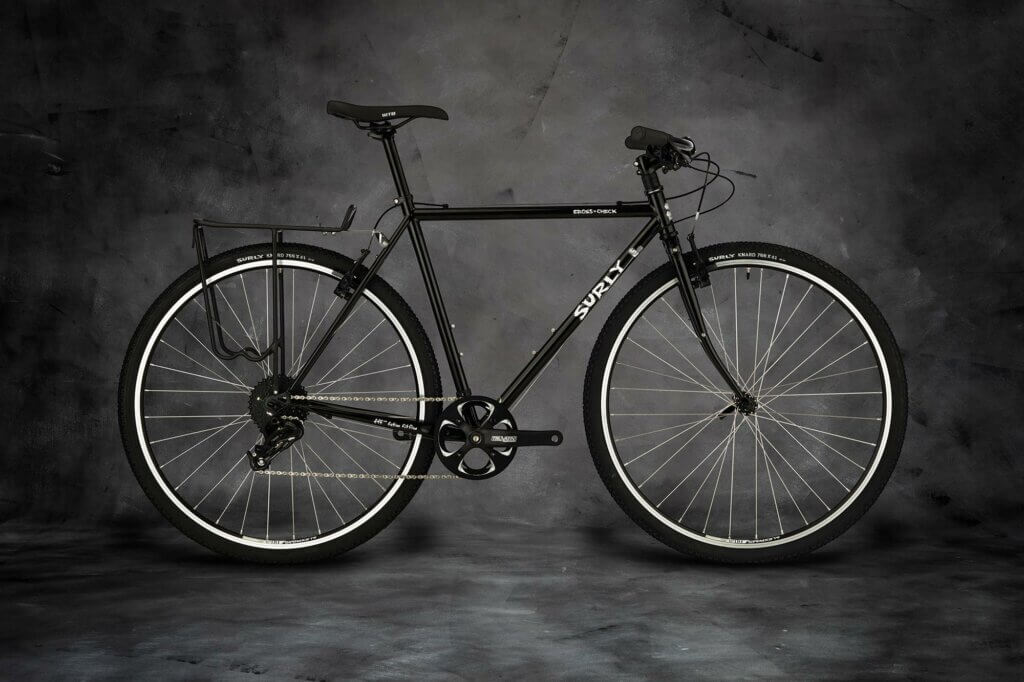
Touring Bike vs Gravel Bike: Frame Geometry and Design
Gravel Bikes: Designed for agility, gravel bikes feature a shorter wheelbase and steeper head angle, ideal for nimble handling on diverse terrains.
Their aggressive stance is complemented by wider tires, typically ranging from 700X32-35C, which enhance off-road capability and comfort, making it a prime choice for round-island cyclists and those participating in triathlon events.
Touring Bikes: Touring bikes prioritize stability and comfort with a longer wheelbase and slacker head angle.
This geometry supports even weight distribution, crucial for carrying loads.
They commonly use 700c wheels, with options for 26″ inches to 700X32-40C to accommodate varying tire widths from 32C to 48C primarily due to terrain considerations, optimizing them for long-distance travel, is good for bike packing, ensuring robust support for adventurers.
In Taiwan, riding on 700X32C tires is often deemed sufficiently versatile for most conditions, striking a balance between comfort and efficiency.
Touring Bike vs Gravel Bike: Gearing and Load Handling
Gravel Bikes: Gravel bikes are equipped with compact drivetrains and wide-range cassettes (Derailleur: Tiagra 30S or Sram as same level, Crankset: 48-36-29T, Cassette: 11-34T).
Allowing for quick acceleration and efficient hill climbing. The lighter weight of 9 kg enhances their versatility across terrains.
They feature puncture-proof tires and strong tire liners for a comfortable and controlled ride on unpaved or even pothole-filled city roads.
Learn more about RIKULAU Stainless Steel Gravel Road BikeTouring Bikes: Featuring extensive gear ranges with triple chainsets and wide-range cassettes, touring bikes are built to conquer steep ascents fully loaded.
Their robust components, like 36-spoke rims, are designed to carry extra gear, emphasizing their suitability for heavy loads.
Touring Bike vs Gravel Bike: Materials and Build
Gravel Bikes: Aluminum frames make gravel bikes lightweight yet durable, with steel and stainless steel offering additional vibration damping.
These materials create a lively ride that’s also forgiving on rough surfaces. Additionally, MathewBike offers stainless steel gravel bikes, providing an excellent option for those seeking the durability and rust resistance inherent in stainless steel construction.
Touring Bikes: Constructed predominantly from steel for its durability and comfort-inducing properties, touring bikes are capable of enduring the rigors of long journeys.
The preference for steel, or titanium in some models, underscores their focus on resilience and load-bearing capacity.
MathewBike’s Touring Bike Rental predominantly consists of bikes made from aluminum and steel, offering a diverse range of options that prioritize durability and performance.
Touring Bike vs Gravel Bike: Riding Position and Comfort
Gravel Bikes: Gravel bikes provide a versatile riding position, blending speed with cruising comfort. Flared handlebars enhance control on descents, allowing for a dynamic riding experience adaptable to both aggressive and relaxed styles.
Touring Bikes: Prioritizing rider comfort for the long haul, touring bikes feature ergonomics that encourage an upright posture, reducing strain and facilitating a more enjoyable ride.
The design considerations extend to saddles and handlebar positioning, aimed at enduring efficiency and ease.
| Feature | Gravel Bikes | Touring Bikes |
| Design | Sporty, fast, with a lean-forward stance for agility. | Comfortable, sturdy, with an upright stance for stability. |
| Gearing | Wide range for quick speeds and easy climbs. | Broad range for steep climbs and heavy loads. |
| Materials | Titanium Stainless Steel / Steel | Steel for durability. |
| Comfort | Dynamic position for speed and control. |
Relaxed position for long-distance ease. |
So, what’s it going to be, Touring Bike vs Gravel Bike? A gravel bike that promises speed and versatility, or a touring bike that guarantees you can bring along everything you need for the journey ahead?
Whichever path you choose, remember, the best bike is the one that brings you joy and turns every ride into an unforgettable adventure.
Ready for More?
Discover the Best Bike for Your Island Cycling Journey
If your curiosity is still buzzing with excitement and you’re eager to dive deeper into the fascinating world of bikes, especially when it comes to choosing between a road bike and a touring bike for an island cycling adventure, we’ve got just the thing for you! 🚴♂️💨
Check out this detailed article for a comprehensive comparison and 6 essential tips to help you make a perfect choice:
Exploring Road Bikes vs. Touring Bikes: Which is Ideal for Your Cycling Island Adventure?